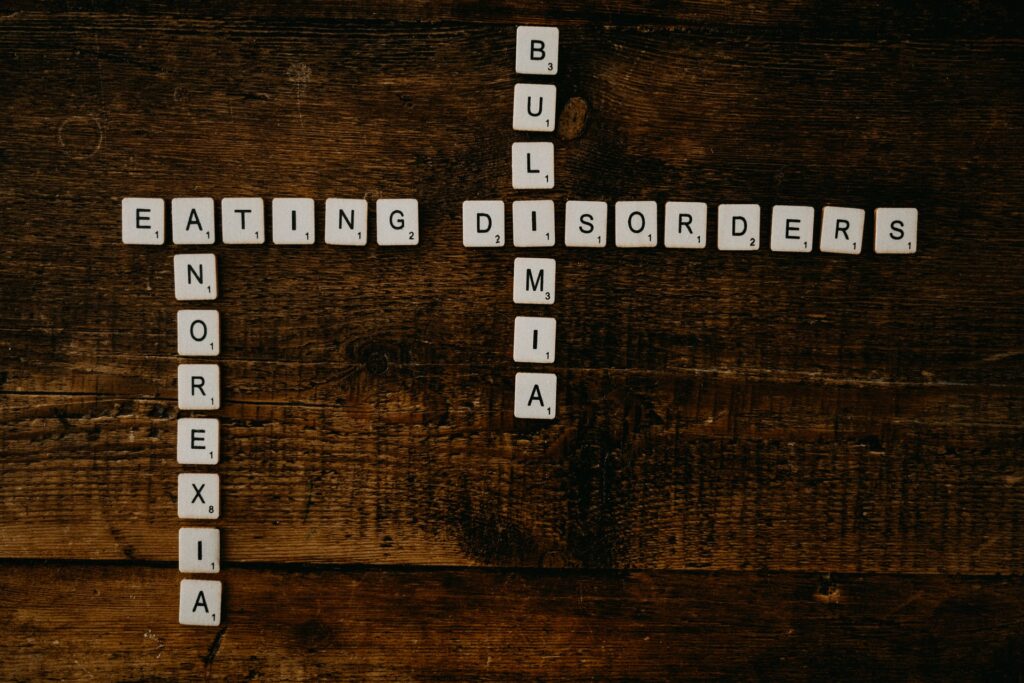 I’m sure you’ve seen the commercials on TV for those weight loss products that offer a “fast and easy” weight-loss solution. You know, the ones with before and after pictures of people who were overweight but now have a slim, toned body?
I’m sure you’ve seen the commercials on TV for those weight loss products that offer a “fast and easy” weight-loss solution. You know, the ones with before and after pictures of people who were overweight but now have a slim, toned body?
This blog post will discuss eating disorders often associated with these types of ads: Anorexia and bulimia. Both have a lot in common, but they also have their own unique set of symptoms that can be difficult to identify. In this piece, I’ll go into detail about their key differences.
Definition of Anorexia vs Bulimia
Anorexia
Anorexia nervosa is characterized by a person’s extreme fear that they will become fat. A person suffering from anorexia will refuse to eat food and exercise excessively to lose weight quickly. They might also use drugs like laxatives or diet pills as another means of losing weight fast without changing their lifestyle habits too much.
Bulimia
This is a disorder in which the individual has an unhealthy relationship with food. A person will eat large quantities of food followed by forcing themselves to vomit or use laxatives to eliminate the calories they just consumed. When one suffers from bulimia, they are constantly worried about their weight and what they eat.
Signs and symptoms for Anorexia vs. Bulimia
Anorexia
A primary symptom of this disorder is when someone deliberately starves themselves, telling themselves that this behavior is healthy. The symptoms are listed in three categories; physical, behavioral, and emotional.
Physical signs
- Extreme weight loss
- Dehydration
- Dizziness and fainting
- Brittle nails and hair due to malnutrition
- Dry skin
- Missing periods
- May develop anemia
Behavioral symptoms
- Avoiding meals or certain foods or eating very little
- Poor body image
- Excessive exercise
- Social isolation
Emotional symptoms
- Frequent mood changes
- Low self-esteem
- Depression or panic attacks
Bulimia
Bulimia is mainly characterized by binge eating and purging behaviors which are extreme ways of preventing weight gain.
Physical signs
- Rapid loss of weight, for example, between 5 and 15 pounds in just one week
- Cracked lips due to dehydration
- Bloodshot eyes
- Callouses on the knuckles
- Mouths become sensitive because of eroding tooth enamel and receding gums
- Swollen lymph nodes lining your throat
Behavioral symptoms
- Overeating
- Excessive exercise
- Social isolation
Emotional symptoms
- Frequent mood changes
- Low self-esteem
- Depression or panic attacks
Causes of Anorexia vs Bulimia
Outside sources often trigger eating disorders. Medical professionals don’t know for sure what causes these conditions, but some risk factors might increase the likelihood of someone developing anorexia or bulimia.
Anorexia
- Genetic predisposition
- Low self-esteem
- Obsession with body image
- Social media pressure where thinness is valued
Bulimia
- Genetic predisposition
- Mental health conditions like depression
- Childhood obesity, abuse, trauma, or anxiety
- Societal pressure that thin is ideal
Side effects of Anorexia vs Bulimia
Anorexia
- Irregular heartbeat
- Extreme fatigue
- Kidney failure and other organ failures
- Low body temperature and energy
Bulimia
- Dental problems
- Sore throat or swollen salivary gland
- Heart attack due to imbalanced electrolytes
- May develop acid reflux and pancreatitis
Treatment methods for Anorexia and Bulimia
Many available treatments can help make symptoms diminish and a desirable level of functioning return for those who suffer from eating disorders. Depending on the disorder intensity, one can get treatment in either an inpatient or outpatient setting with medications as part of the treatment process. These treatment options include;
- Treatment for the physiological complications of eating disorders such as anemia or acid reflux that may occur with this diagnosis
- Treatment that tackles underlying mental health conditions like depression and anxiety such as antidepressants, mood stabilizers, and antipsychotics.
- Medication that may encourage eating, such as Olanzapine
Therapy includes;
- Support groups where one can share their experiences to combat feelings of isolation and anxiety.
- Family therapy using the Maudsley approach, which focuses on how family members can help their loved ones establish healthy eating habits
- Cognitive behavioral therapy targets behaviors related to food intake, such as bingeing on certain foods or obsessively counting calories; these treatments lead patients through cognitive restructuring exercises that teach them healthy coping mechanisms.
Nutritional counseling
Registered dieticians provide a variety of services. For example, they can tell you how much food to take for each meal, what foods are healthy together, or they could help correct any nutritional imbalances. Dieticians also teach about weight loss, so people know how many calories per day their bodies need to maintain a healthy weight!